Dear Parents,
First off, a belated thank you for everyone making an effort to meet with us for parent-teacher conferences! It is a special day for us that we look forward to sharing with you, since there is so much progress in each child. It is also a milestone as we better understand your children at this point through observations, and we can start challenging our students in new ways in the days and months to follow.


Recent Activity in the Studio
It has been terribly busy since we last met, and we imagine you can relate as the festivities are rolling in during this holiday season. We have been offering many lessons on grace and courtesy, which began over the Thanksgiving season as we looked more deeply into why we should be thankful for those we love and for the things we have. Lessons on a variety of subject areas are being covered, and we teachers continue to enjoy adding new materials and making seasonal works to offer your little ones.

As you can imagine, all of our students have been extra excited for upcoming and ongoing holiday events this season. It’s a fun time of year, but it’s also easy to get sidetracked and off schedule, so we have included many reviews and reminders of ground rules and caring for our environment. And ’tis the season for some fun holiday music lessons to feed the excitement in a pleasant way. Our students are also staying very busy working on new and festive materials that we have to offer this holiday season.

A deeper look into some recent lessons
Being “So Careful” with the Works
We have been reviewing old lessons to remind children how to “slow down” and be “so careful” with the materials throughout the classroom. While our students have already seen lessons on carrying a tray, pouring, scooping, sorting, and so on, it is good for them to observe the lessons again from time to time to help reset, especially with all of the holiday distractions going on.
Above, Anisa demonstrates careful handling of our classroom material in the practical life area.
These lessons are also helpful as we are adding more challenging works to the mix, including sharp objects such as push pins for “pin poking” and pressing a thumb tack into a cork board. The children understand that we cannot be careless with this material as it could potentially be dangerous, and you should be comforted to know that your little ones are always very careful with sharp objects under our supervision. In fact, they feel privileged, knowing that they can be responsible with material that is typically considered hands-off to children their age.
Above: students carefully handing thumb tacks
Coming Soon: Sewing Basics
As children practice handling thumb tacks and push pins, I have been threading needles and preparing cards for them to start practicing a basic stitch. This activity is so popular every year, so I have to be sure to make more than enough! I will be teaching them to sew a stitch on card stock to make a book mark, and some of our oldest students will start working on sewing the binding of a card. When they are finished sewing, they may add some designs with festive colored pencils and markers, making a nice gift for family and friends. Hoping to get some of the finished works sent home by next week!

Even though times have changed and factory machines generally sew our clothes together these days, I still very much believe that hand sewing is a great practical life skill that can come in handy in many ways, such as fixing a tear, making curtains, adding designs to art projects with stitch work, and so on. My grandmother taught me to stitch first, and then when I was about 6 or 7, she taught me to use her mother’s old Singer sewing machine. Sewing kept me busy for hours growing up! Just some food for thought in the future, if your child is on the artistic path, as sewing could certainly keep them busy in a productive way! As your child gets started on the basics, using a needle and thread will help them to practice focus and coordination. When we teach a child to use a sewing needle, children seem to find the pincer grip naturally. Anyway, I can’t wait to introduce this activity next week – they are going to love it!
Miscellaneous Lessons on History and the World
As we “follow the child” in Montessori, we take note of our library books that children especially enjoy. Our students flip through countless real-life imagery in the books that we choose for them, and children often come to us, asking to learn more about something in particular. We observe which materials and works in the classroom the children are also drawn to, taking note and making a point to give more lessons in their favorite subject areas. We are naturals at giving lessons on the spot or putting a Powerpoint lesson together the next day to explore all of the questions that come up from their curiosity. That said, you’ve probably heard your children talking about some pretty random topics these days. Just off of the top of my head, here are some miscellaneous lessons recently covered: fossils, various dinosaurs and their diets, all about eggs, whales (especially the life of a beluga), moon phases, migration of birds, vertebrates and invertebrates, the process of seasons changing, the life cycle of a butterfly, different cultures and holidays, and so on. We love this freedom in the Montessori Method where we get away from scheduled curricula, and instead we follow the children to teach them about what they are actually interested in in the moment.

Lesson on Seasons 
Lesson on Dinosaurs 
Lessons on Vertebrates & Invertebrates 
Vertebrates & Invertebrates, continued.
Favorite Seasonal Works

So we realize that winter doesn’t technically begin for another week or so, but we absolutely love to get out the winter works, because they are so much FUN for everyone! Just check out our festive practical life area 🙂
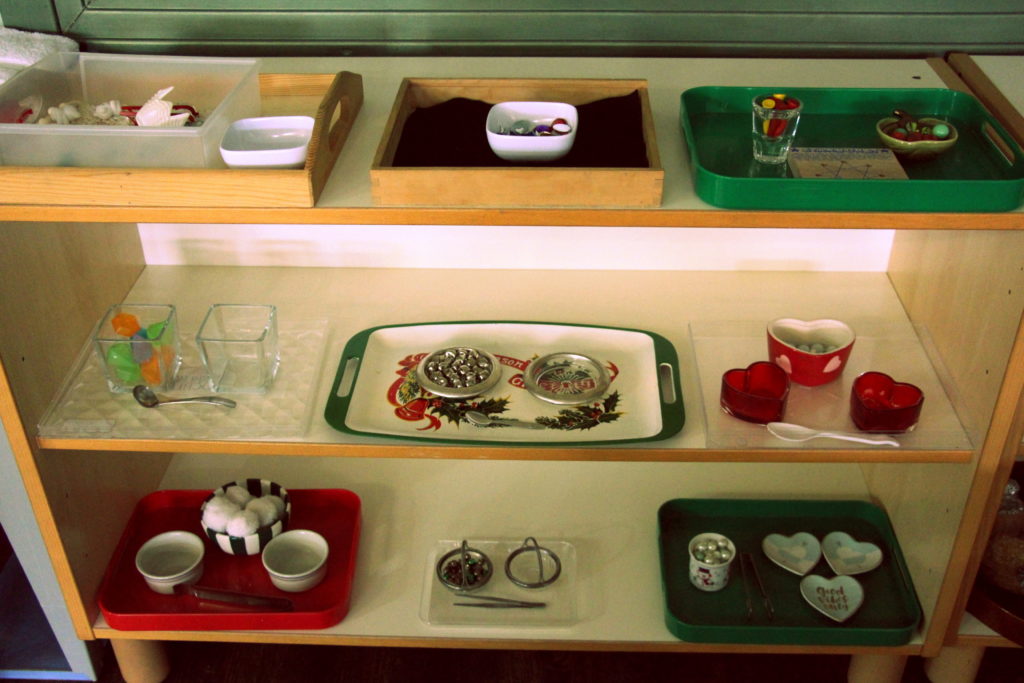
We also have some fun storytelling materials throughout the classroom with winter objects and figurines, along with books about the season and the winter holidays that come up during this time of year.
The winter holiday season is a magical time of the year!
This morning, Ms. Anisa was cutting out felt ginger bread people and buttons to add to the tack work today, a festive touch for the season. I will be sure to post a few upcoming images during future work cycles as children pretend to “decorate the cookies.”

Language Lessons
So far this school year, we have covered a good number of beginning sounds for lower case letter sets. As I have mentioned before, we teach about 4 letters at a time and we choose letters that look and sound very different from one another to help differentiate between the sounds. Below are the sets that we have covered thus far:
Set 1: s, m, a, t
Set 2: c, r, i, p
Set 3: b, f, o, g
Set 4: h, j, u, l
Set 4 was just introduced this week, for those of you following along at home. Our students continue to explore the beginning sounds materials, sounding out words that begin with the letter sets, and making stories with the objects and figurines.
I think that mnemonic devices can be very helpful for children when learning letter sounds, and there really isn’t much out there on the topic, so as some of you know, I have tried to think up my own tricks over the years (that compliment the Montessori Method) to help my students to better remember letters as we go. In the image above, I am drawing simple images to go with each lowercase letter. These visuals seem to help children who need a little extra help with memorizing. For example, with some imagination, I have drawn the letter “h” to look like a hut or a house (the straight line represents a chimney). I know I am not the first person who has been coming up with beginning sounds words to look like the letters, but most of the focus has been on capital letters. These images have been helpful for many of our older students as they are working on learning lowercase letters.
Apologies for being a broken record, but just one more thing to mention: I like to remind parents that if this is your child’s first year in our studio and they are not quite 4 years old yet, no need to be concerned if they haven’t caught onto any letter sounds. It’s a concept that takes some time to develop. For now, they are having fun with the materials and guessing letters as they go, and if they pick up a few along the way, great! Language materials should always be considered fun activities for our young pupils, and naturally they will catch on over time.
Seasonal Songs

We started our winter holiday songs early this year, because they are so catchy and classic, and the season is always over before we know it. Anisa and I have been working on Jingle Bells, Winter Wonderland, and Let it Snow so far, and we have also added some sign language to some of these songs. We’re still working on all of the lyrics, but many of our students are catching on quickly! As always, we talk about the stories behind songs before learning the melodies, yet another approach to help with memorizing content. Oh, and of course, one of the stories branched off into a lesson I mentioned above about birds migrating. Yup, that came from Winter Wonderland (“gone away is the blue bird, here to stay is the new bird”). I guess you could say, we take our songs seriously. Check out the chorus!
And as expected, many students are practicing holiday music on their own during the work cycle 🙂
Heart to Heart Lessons on Being Thankful
Especially at this time of year, we continue to talk to children about what it means to be thankful, showing images of behind-the-scenes work that parents do to provide for them, including images of nice homes, Thanksgiving feasts, and quality family time. On a deeper note, I have planted the seed about children in poverty, and why we have no business being selfish when there are children out there who desperately wish that they had what we have. In Montessori, we begin to talk about these real life issues in a delicate way, and I always close on a message of hope. I plan to come back in more depth on this topic in the near future. Every year, these lessons end up in sweet and thoughtful discussions with our little ones. I plan to show some short video clips on poverty, focusing on children that are actually getting help (such as through UNICEF), to keep their spirits lifted. If you would like to learn more, you can review the following link that better explains my approach to the lesson. It’s an old blog post from 2013, but it is still up-to-date with my approach. The blog post and videos can be found here: Lesson on Poverty.
Working on Inner Peace
Our students continue to show early stages of mindfulness, meditation, re-centering, and finding overall peace in their day. We often encourage children to find these moments throughout the day as we cover topics on feelings, personal growth, and working through conflicts. We are really excited to see such a nice flow during work cycle as children find time at some point in their busy work cycle schedule to be thoughtful with one another or to appreciate a quite moment all by themselves. This may be in the form of reading books, looking at interesting and peaceful imagery, sorting through nature objects, closing one’s eyes to meditate, yoga poses, or making an effort to show kindness towards a friend. Below are just some of these precious moments throughout our Indigo days.
Snack Time is Quality Time
I just want to give another shout out to all of you for taking turns in providing a variety of snacks in the studio. Snack time is a daily quality time during the work cycle where children independently serve themselves, join in conversations amongst peers, and take responsibility to clean up after themselves. Thanks you as always for your support with providing snacks!
Work Cycles and More!
And for the moment you’ve all been waiting for – more photos of your little ones! You can finally see how busy they have been!
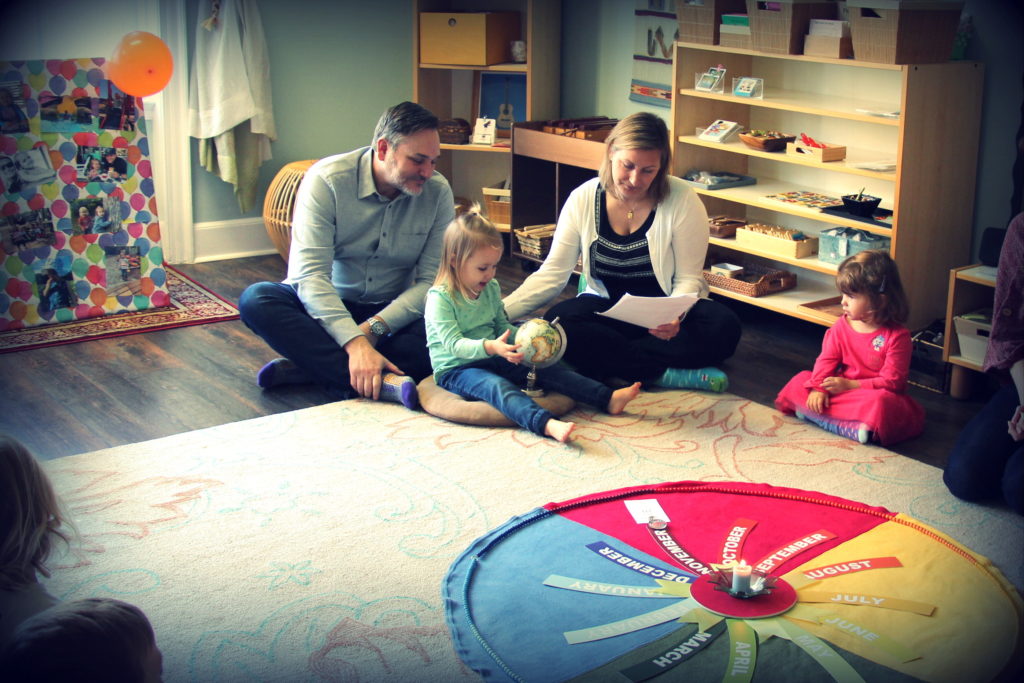
Thank you for visiting and taking the time to learn about our lessons and activities. It means a lot to hear from you, so I hope that many of you will chime in with some comments below.
Warmest Wishes,
Angelique



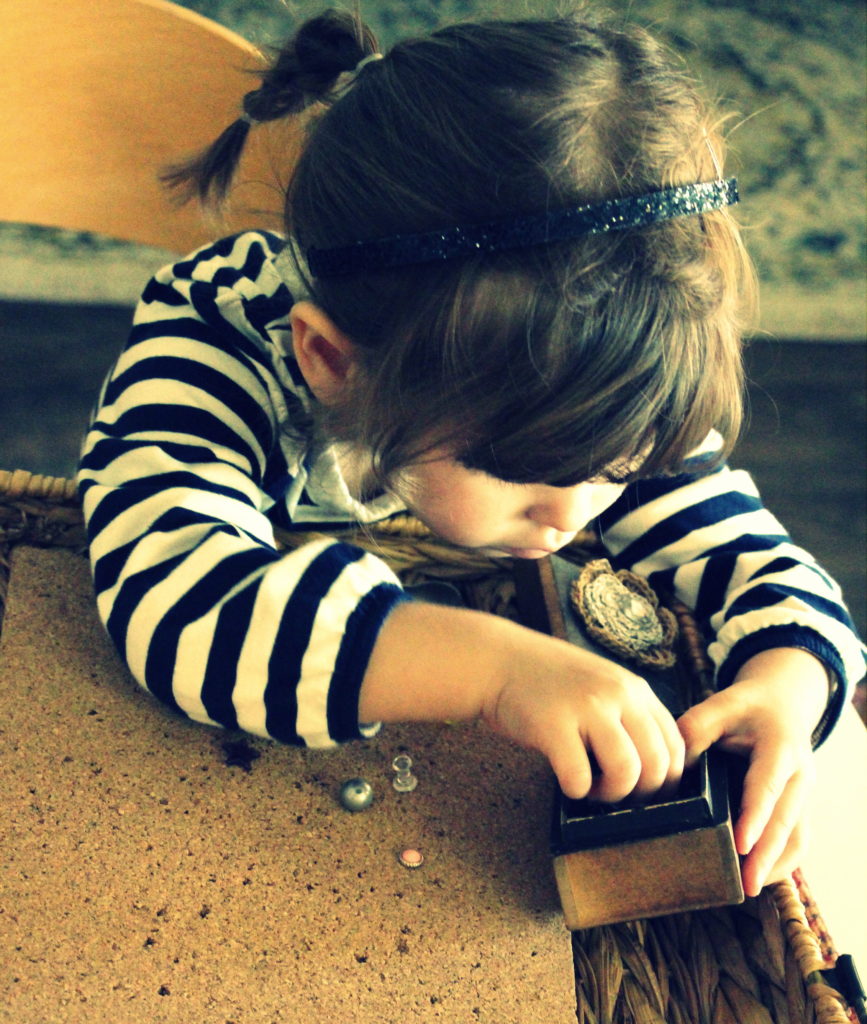




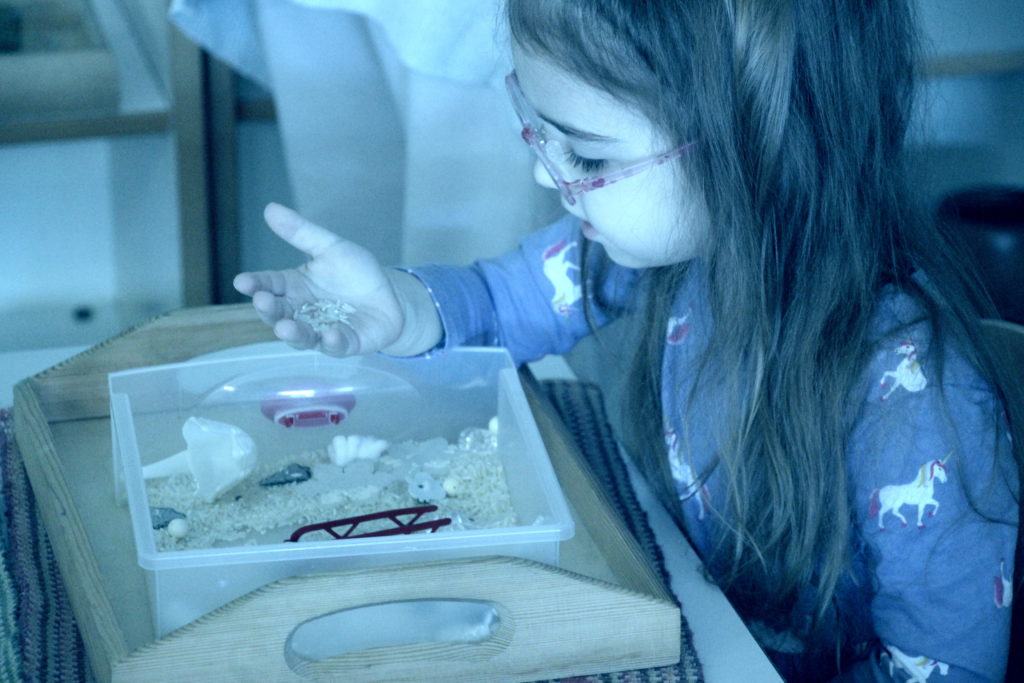


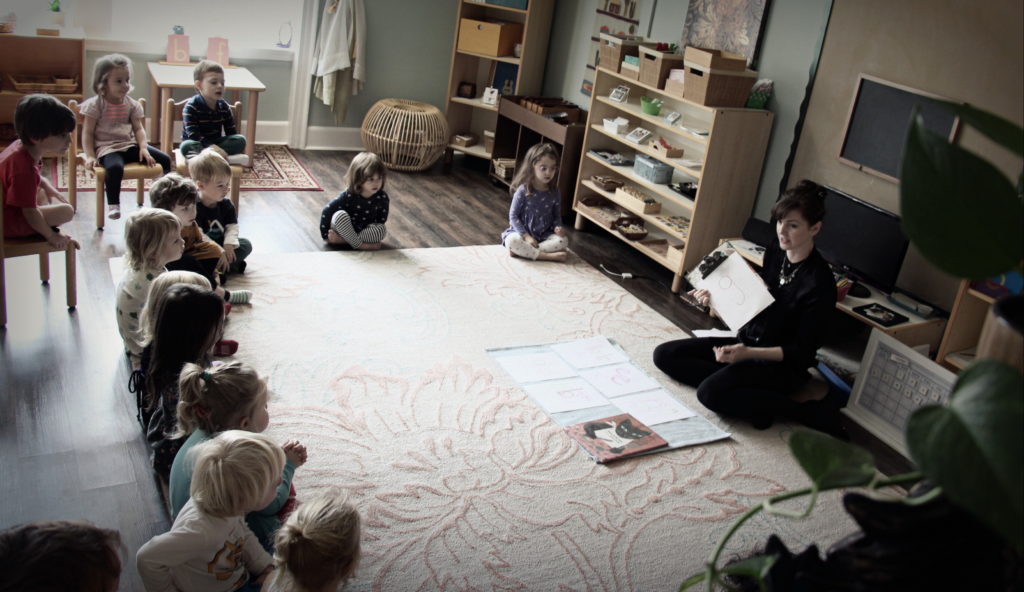

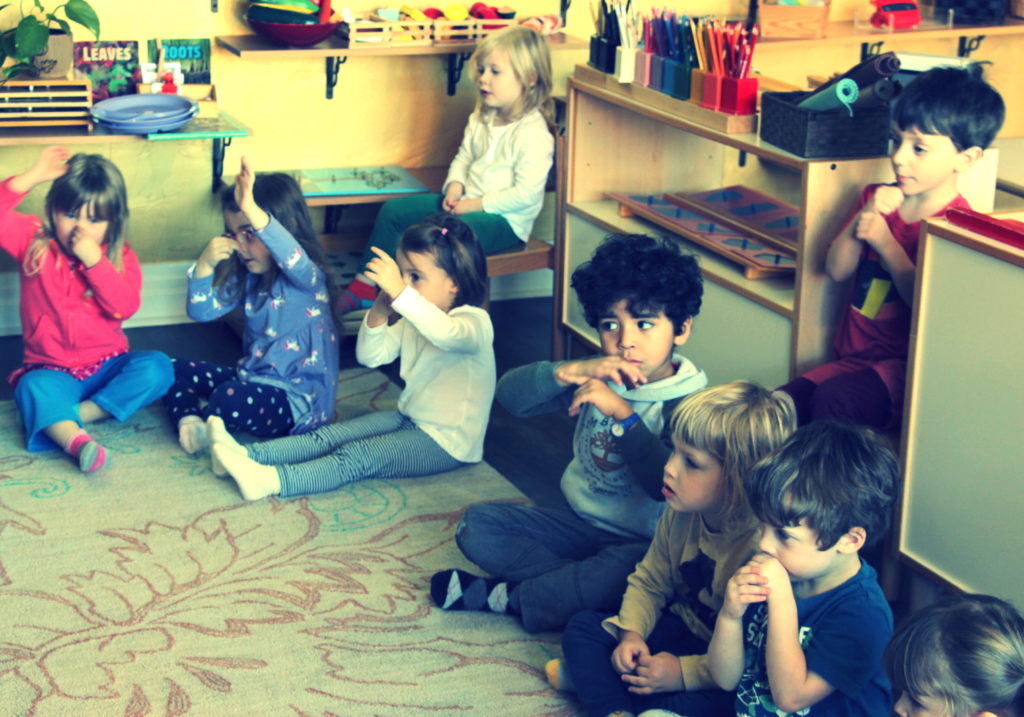

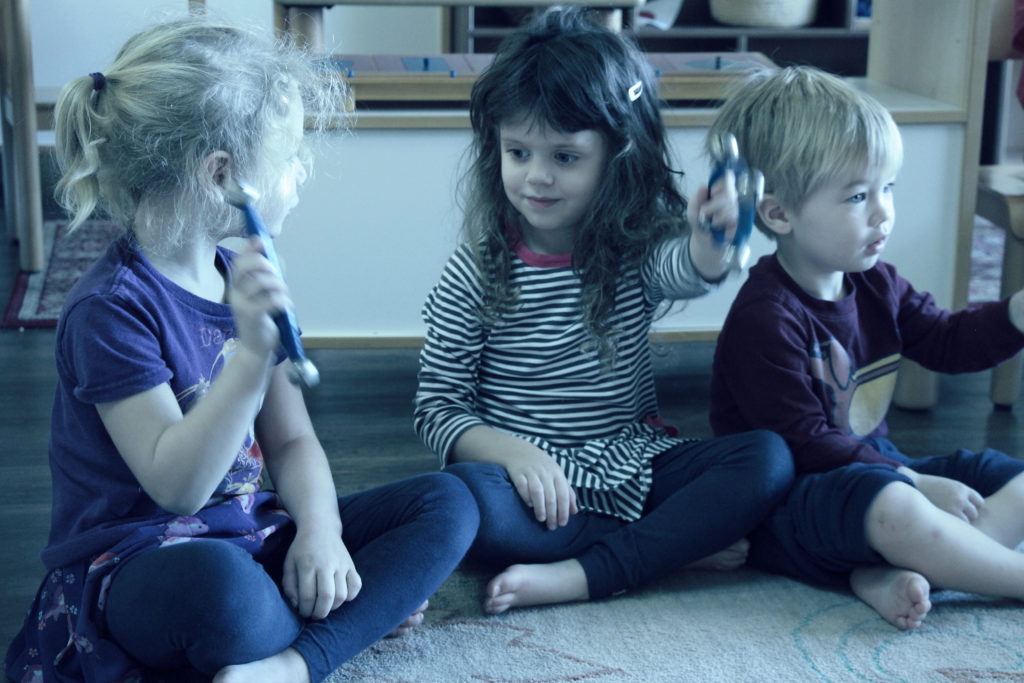


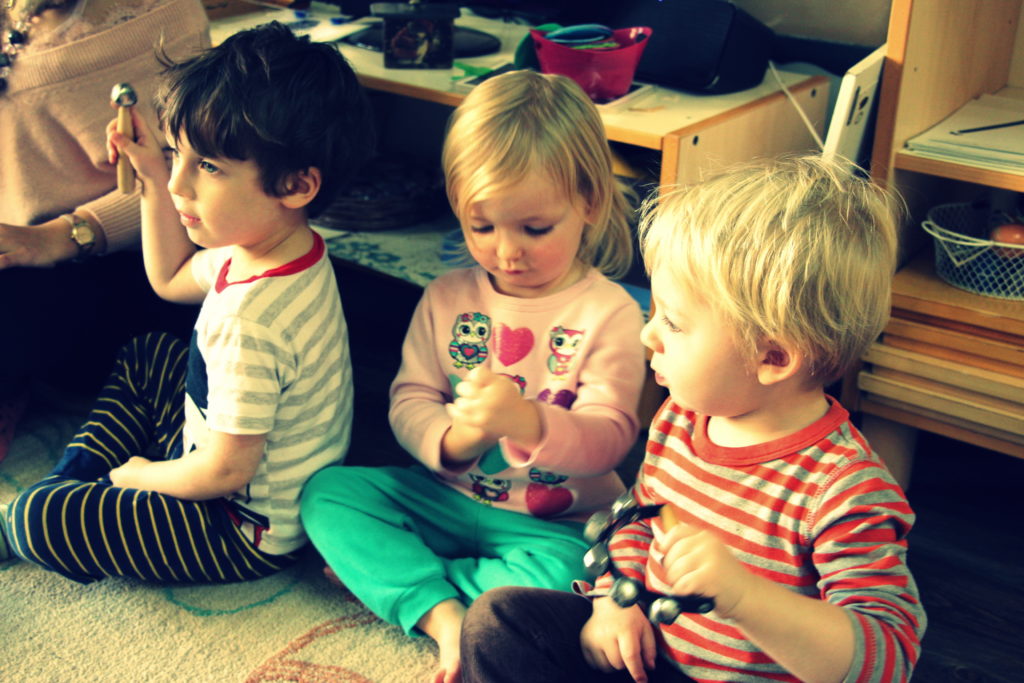












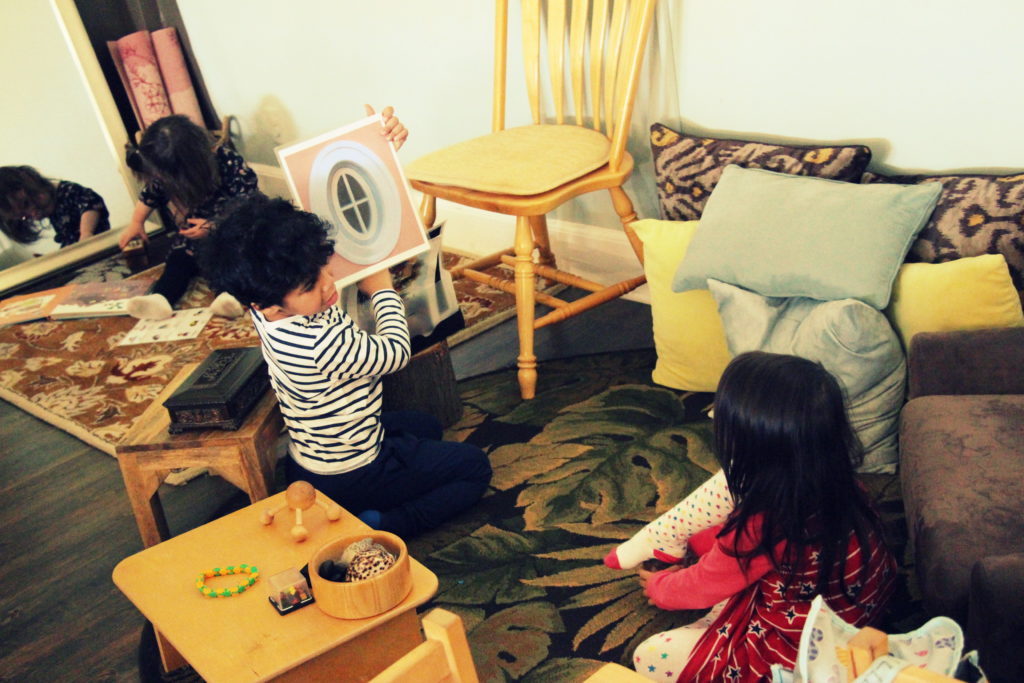


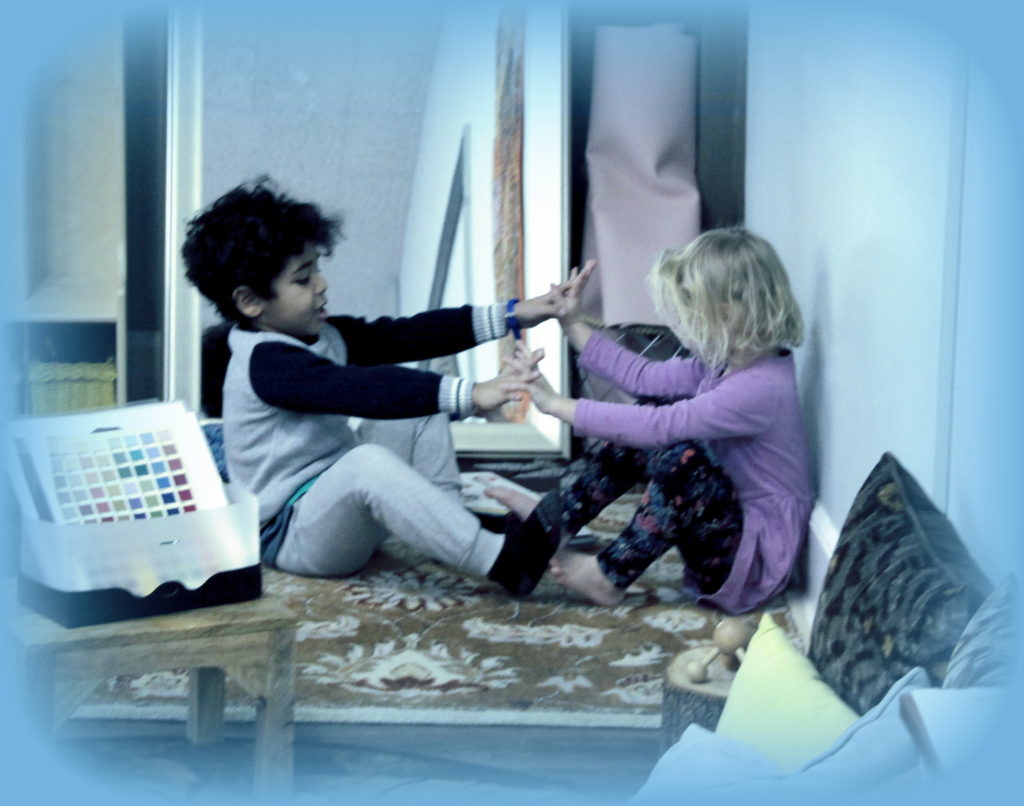


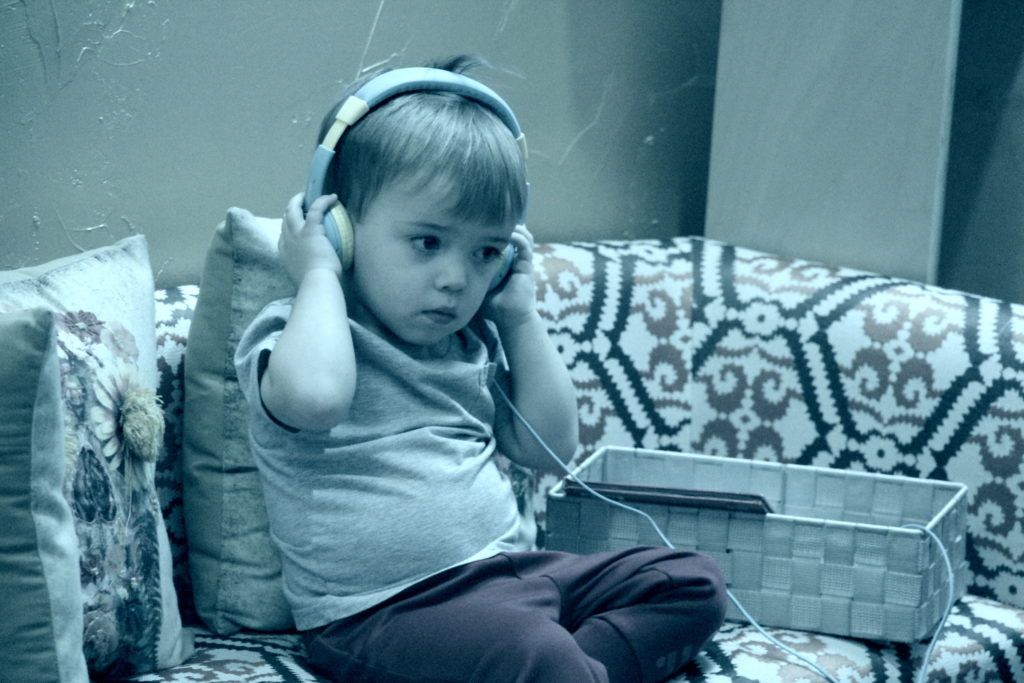
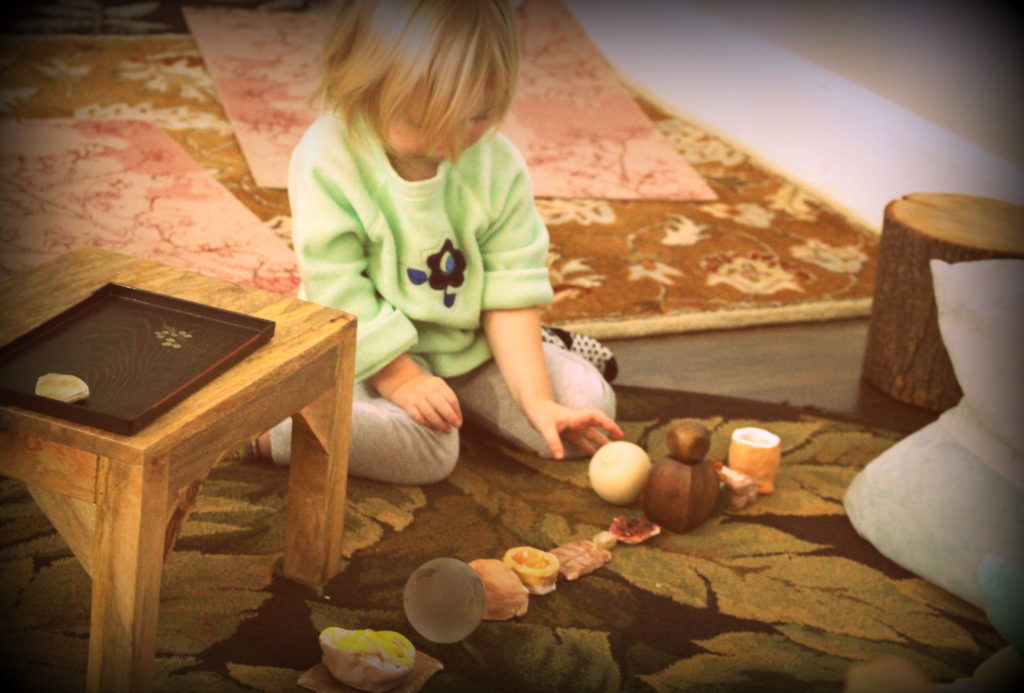








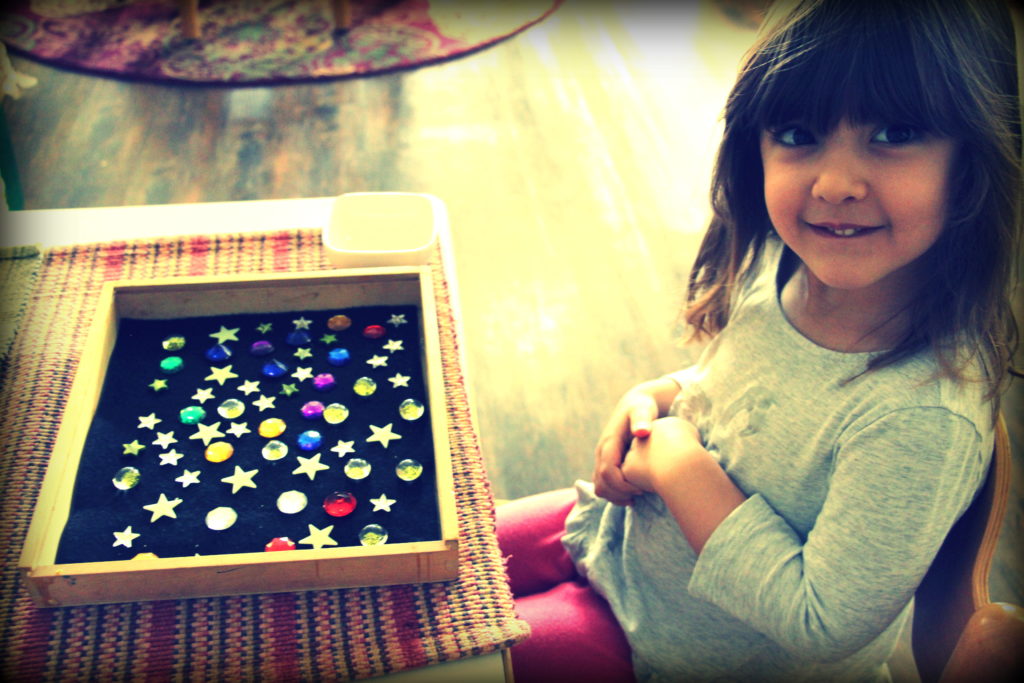







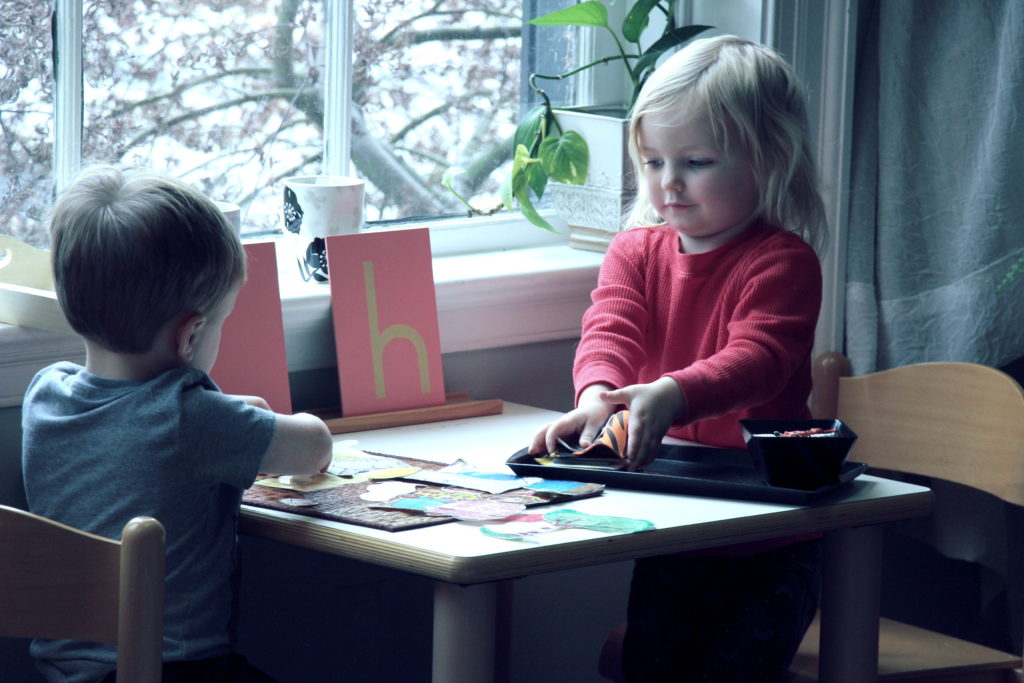



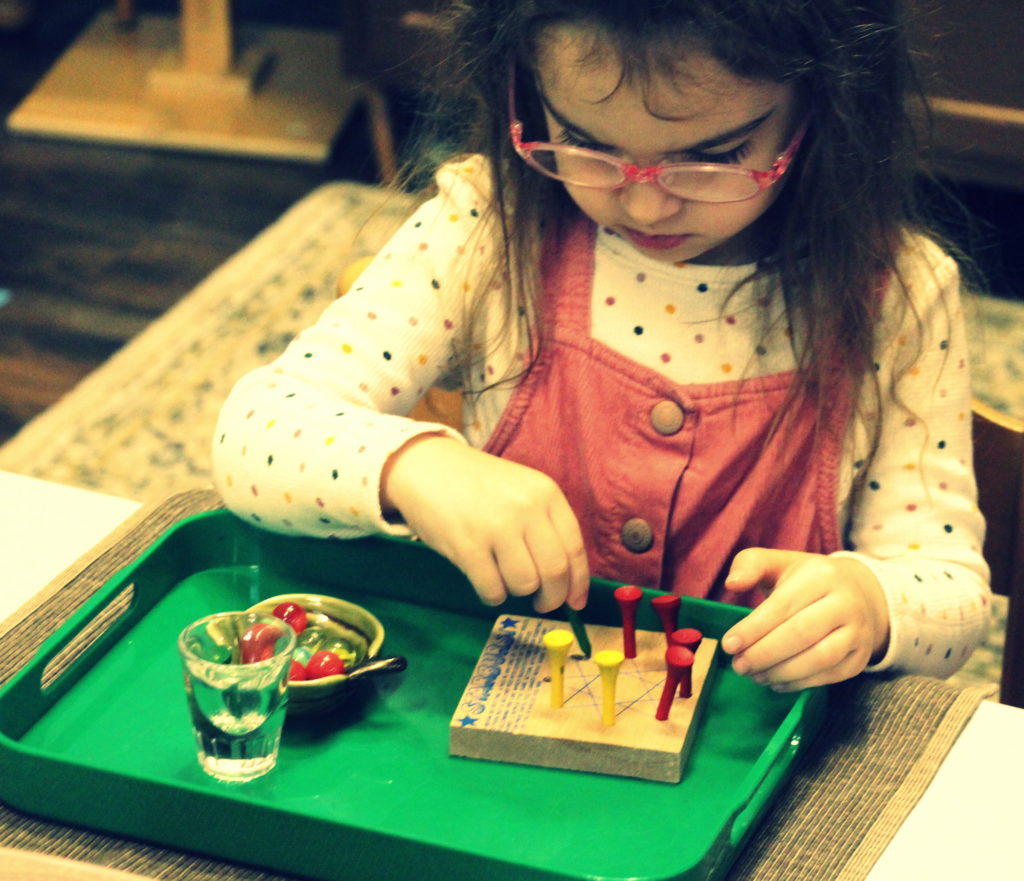



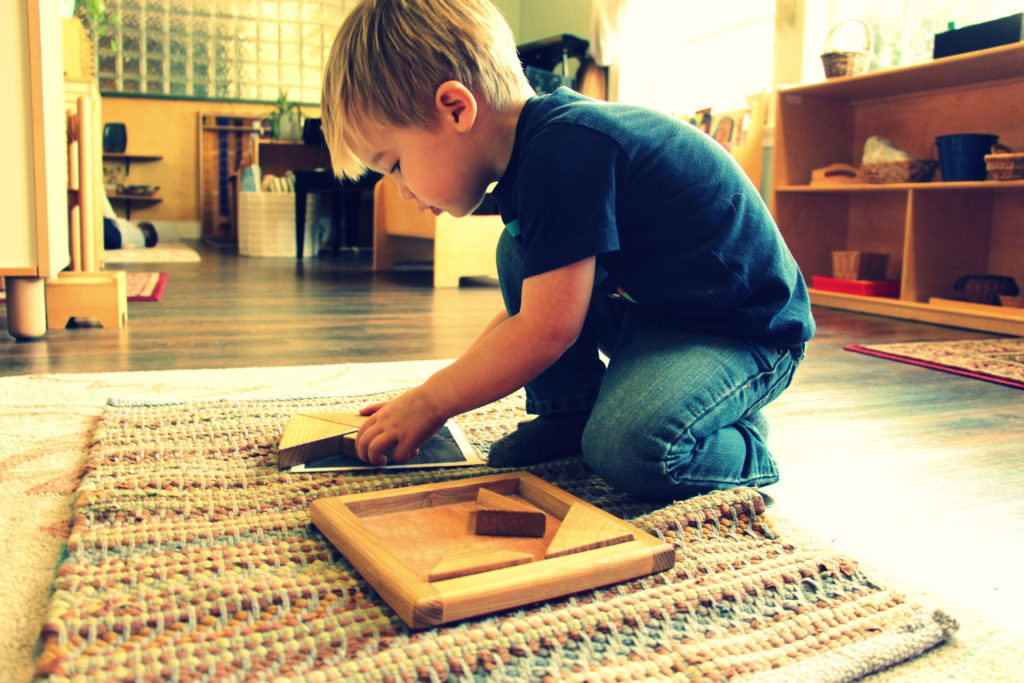
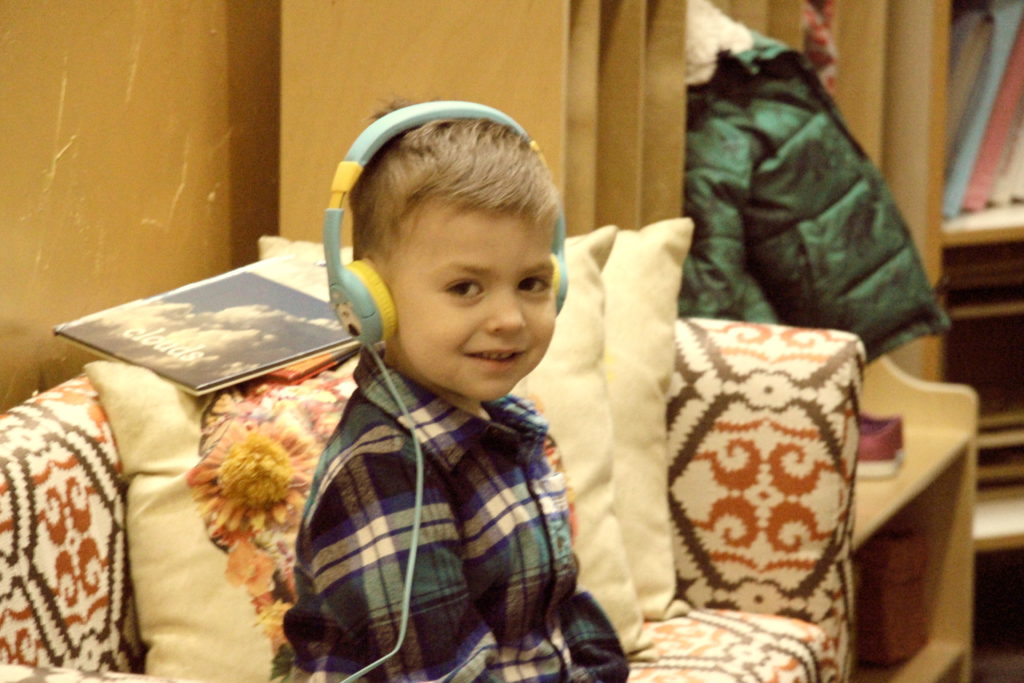







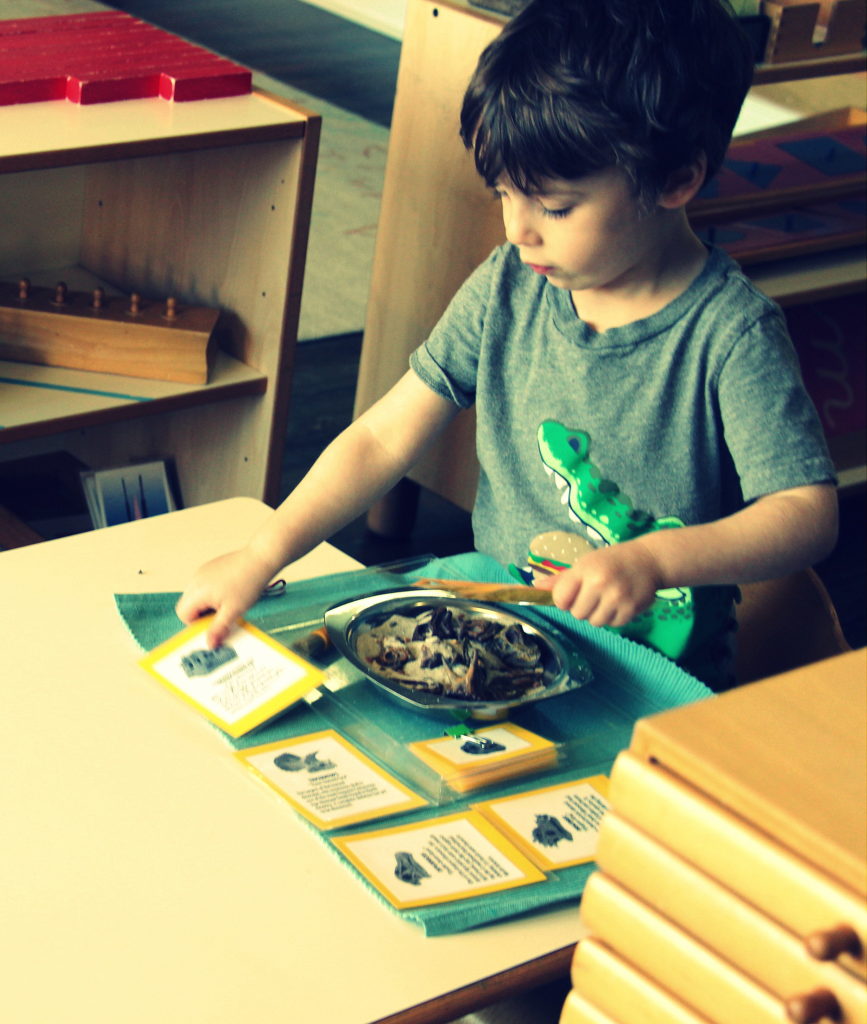




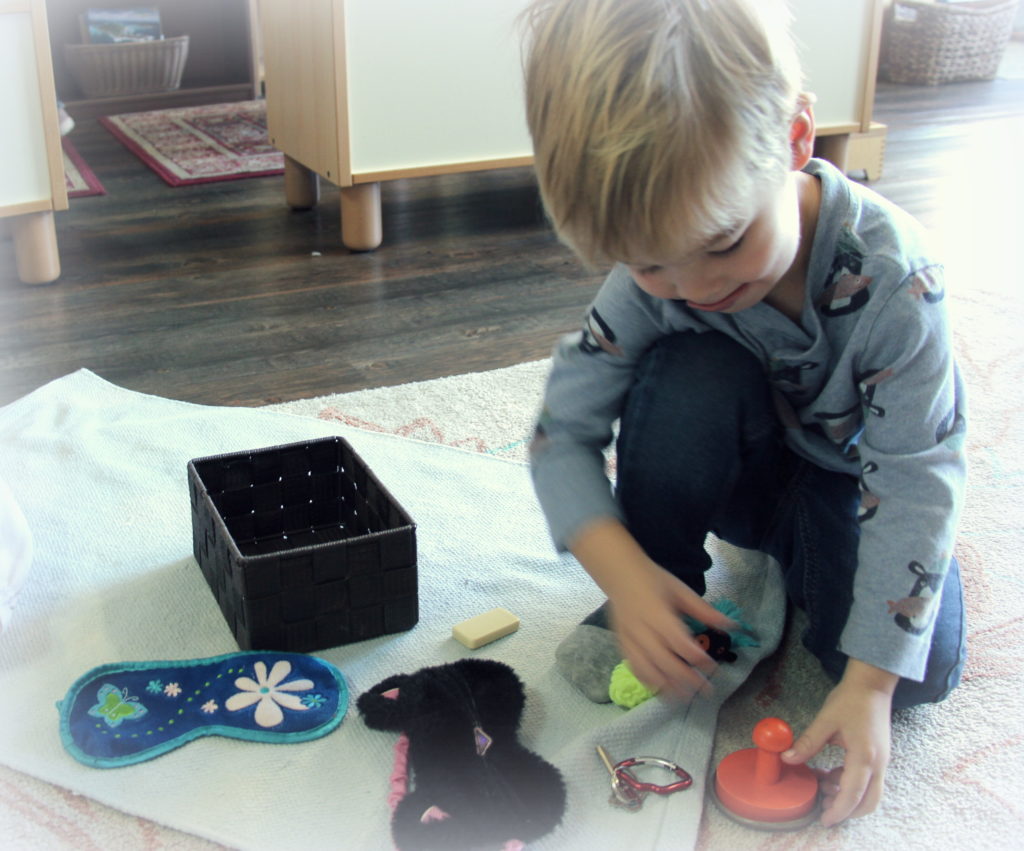
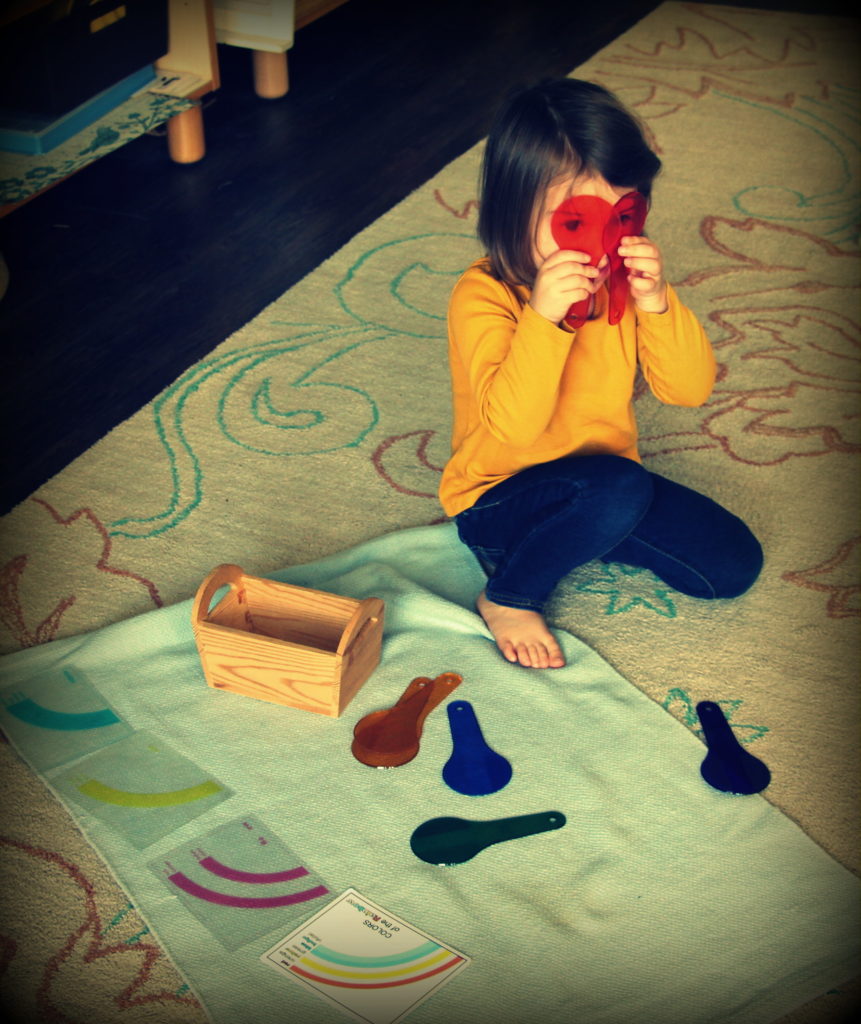

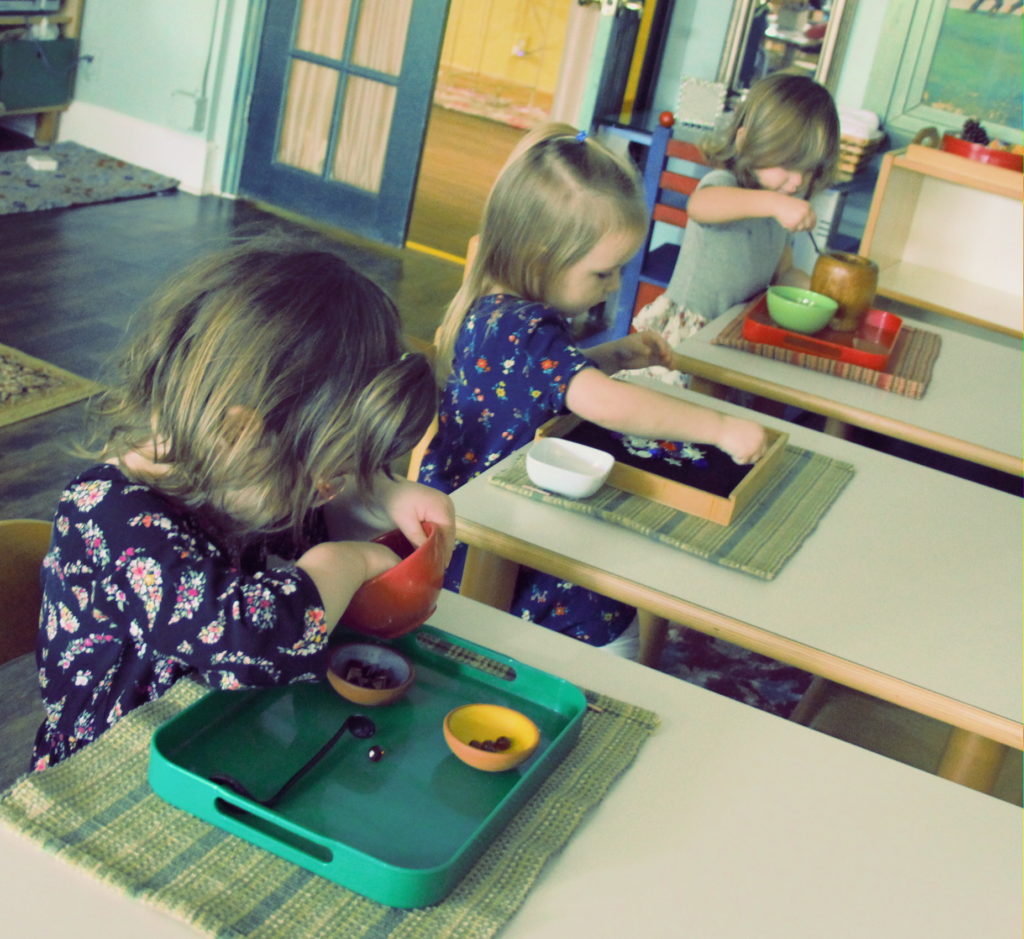





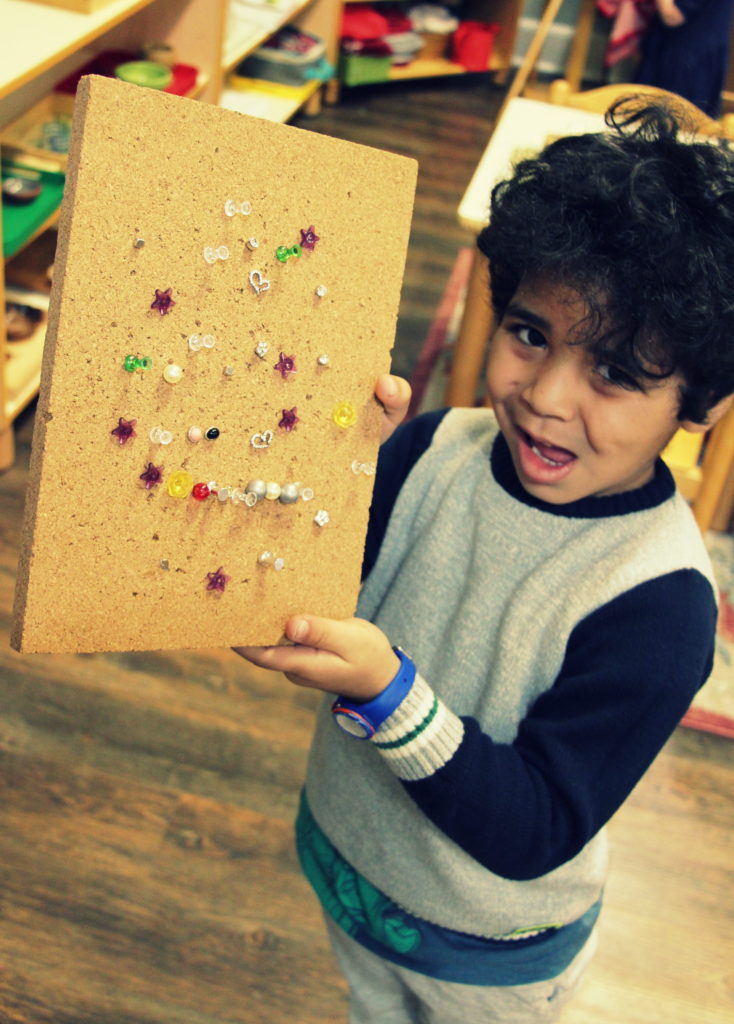


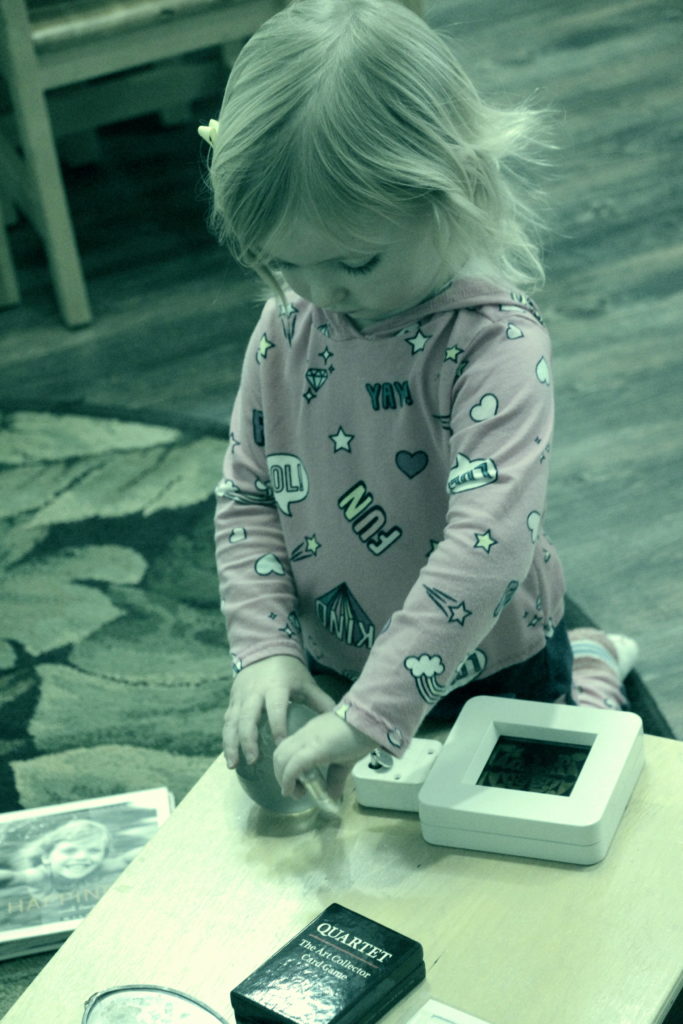







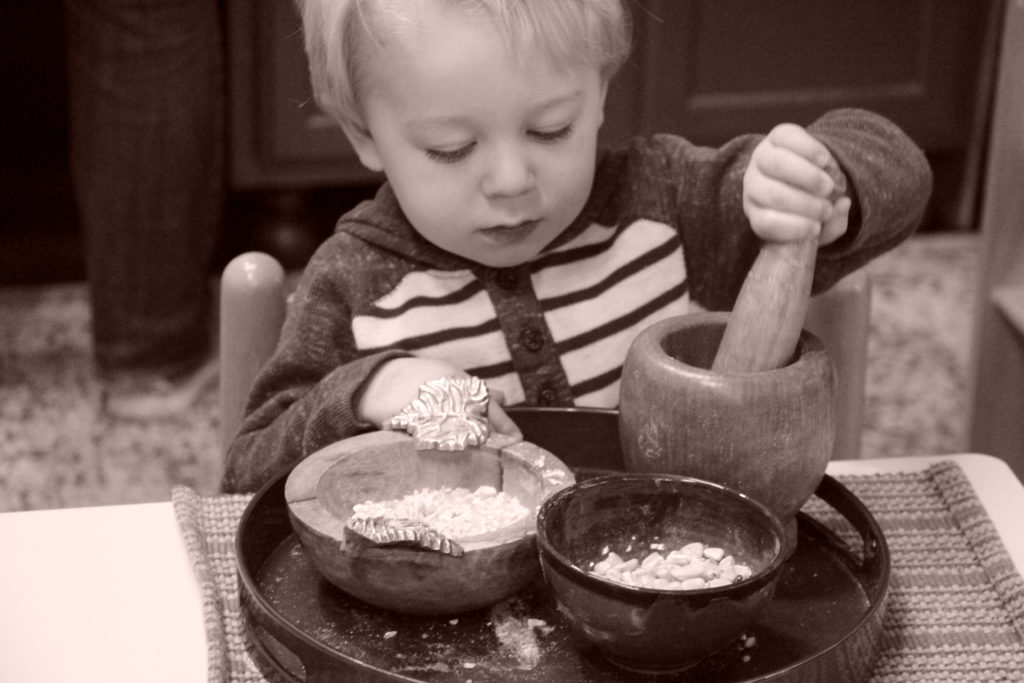



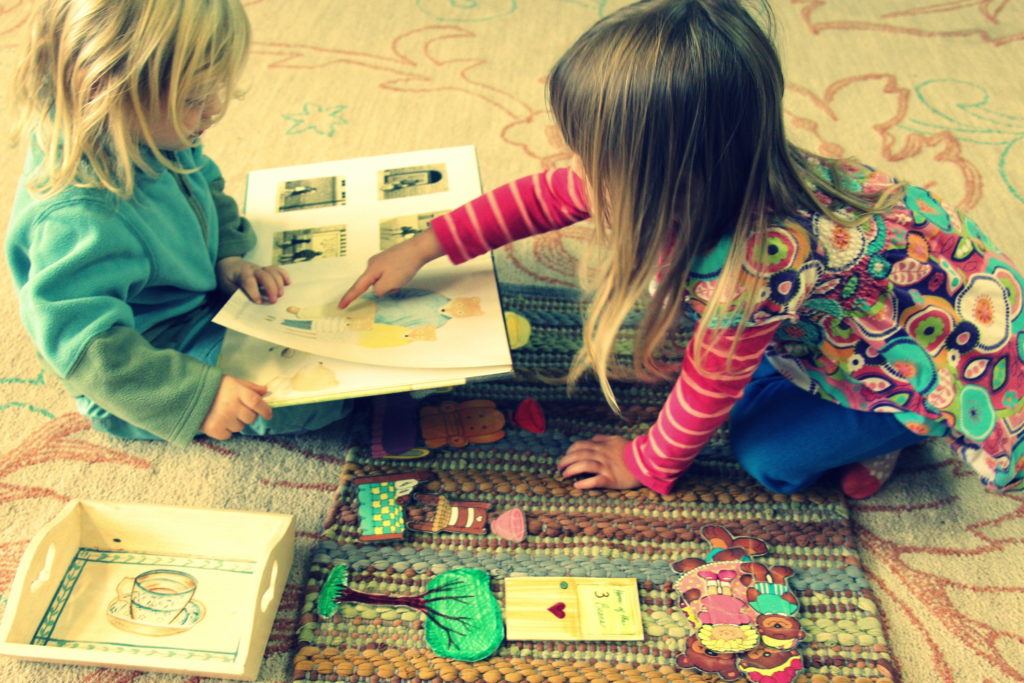
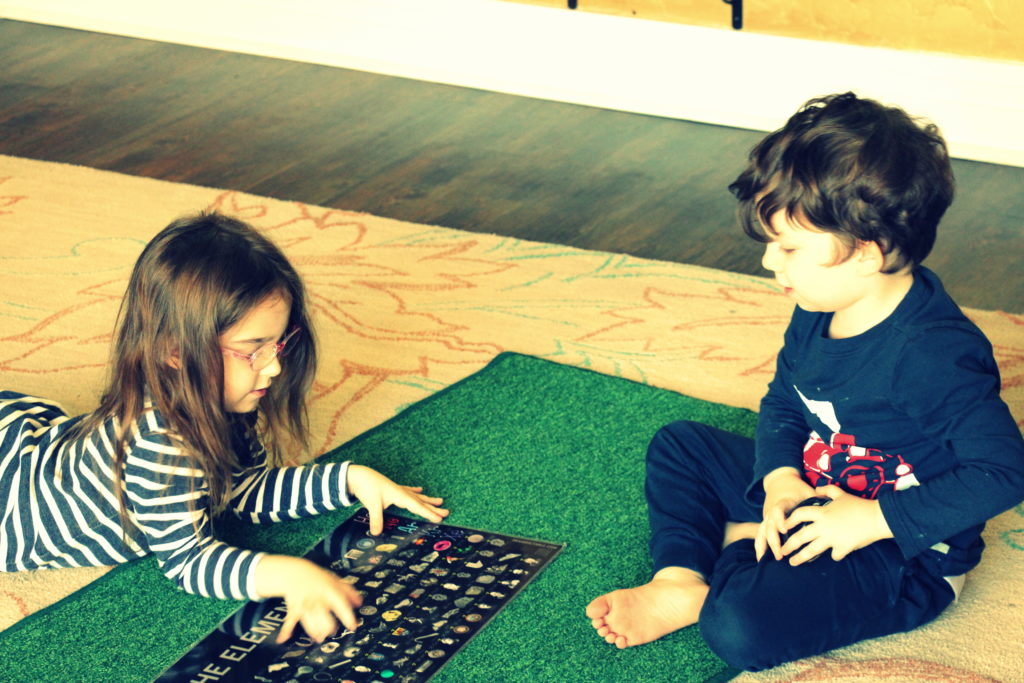





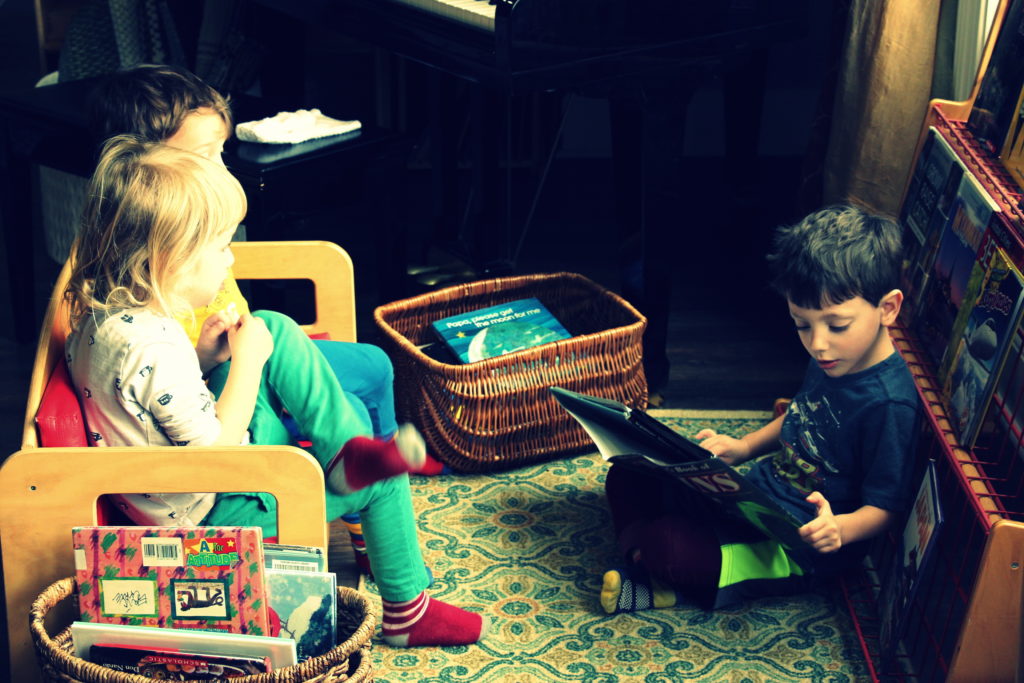




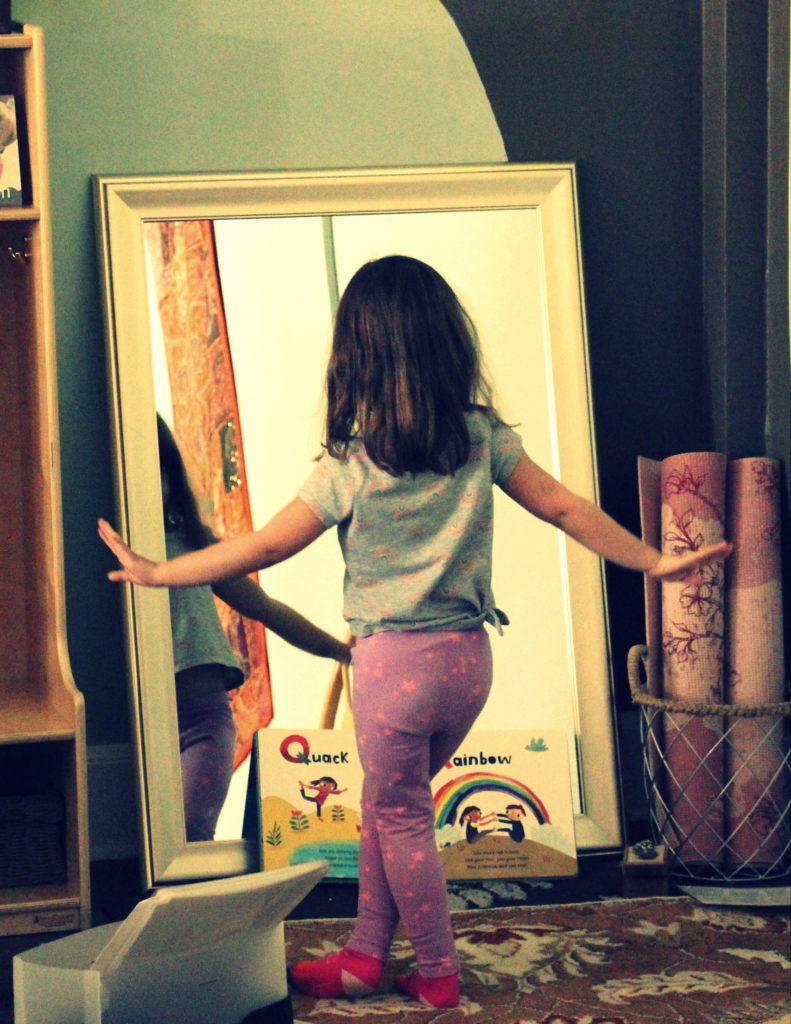
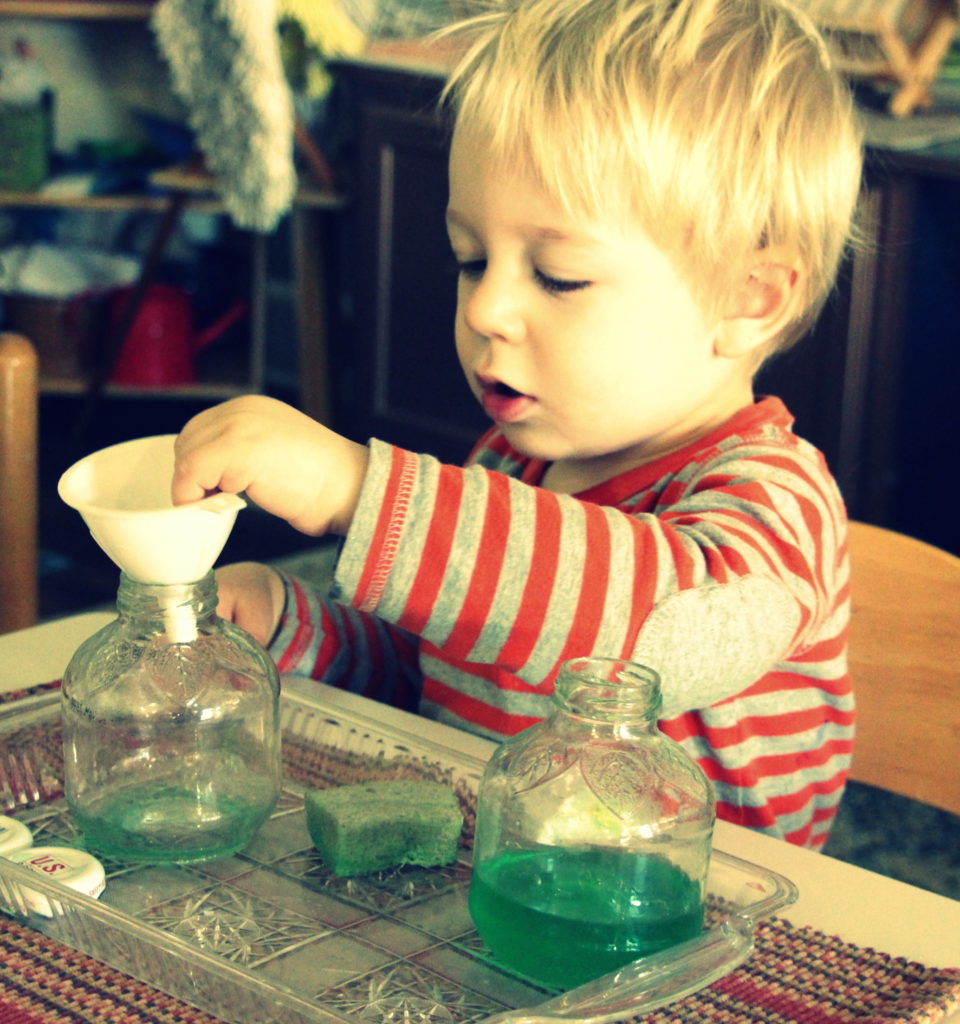











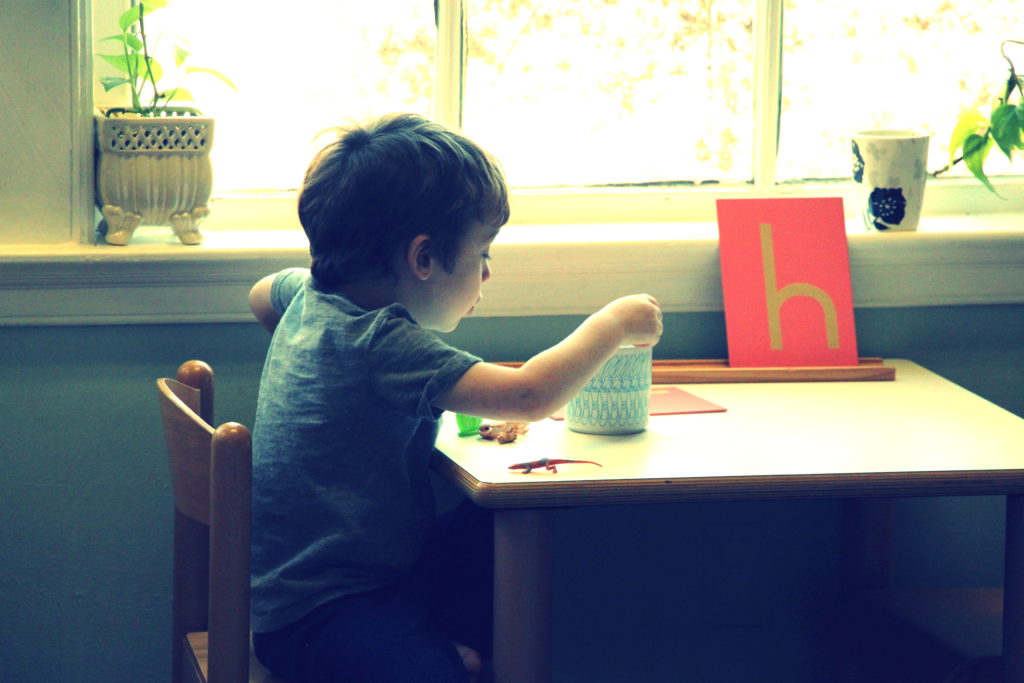
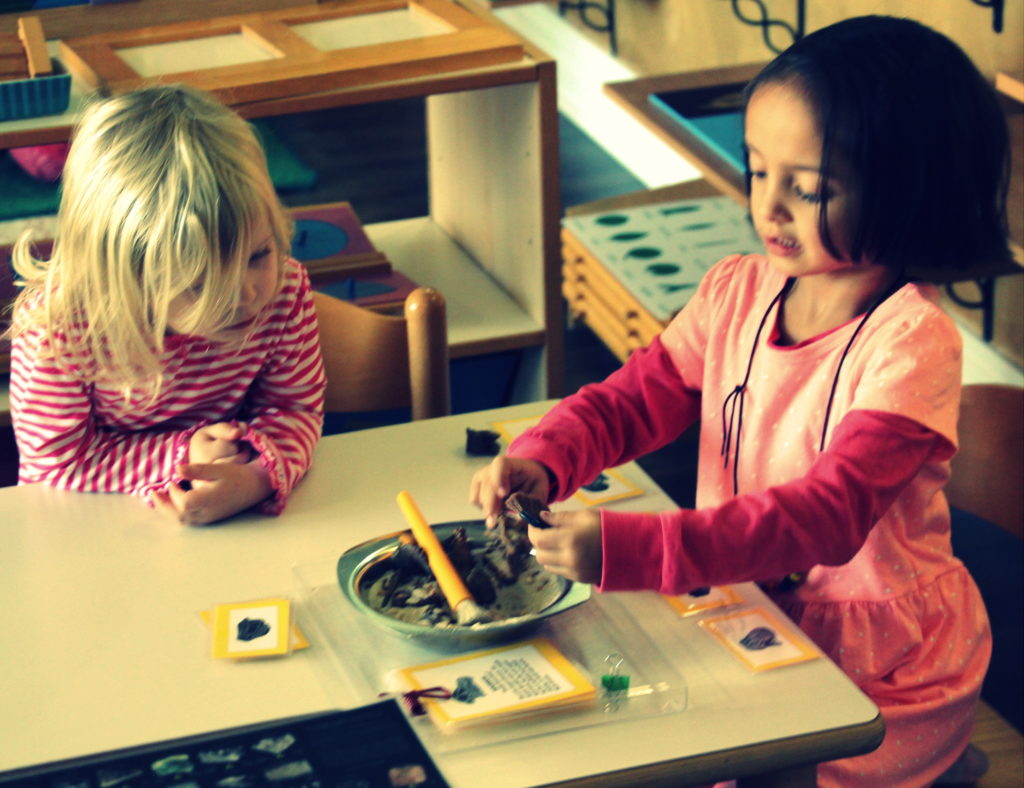


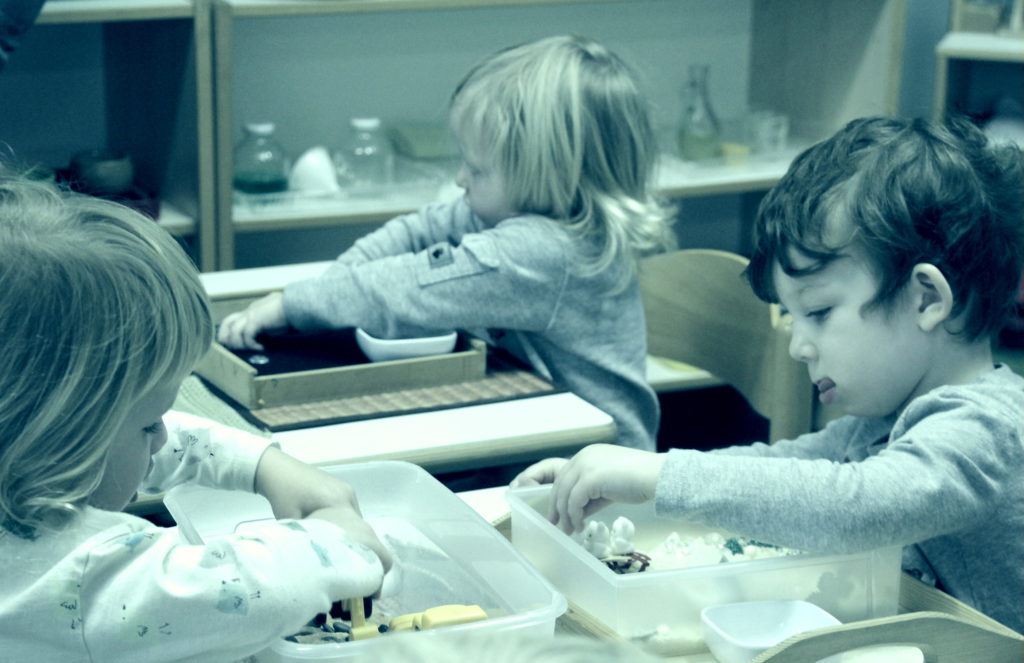

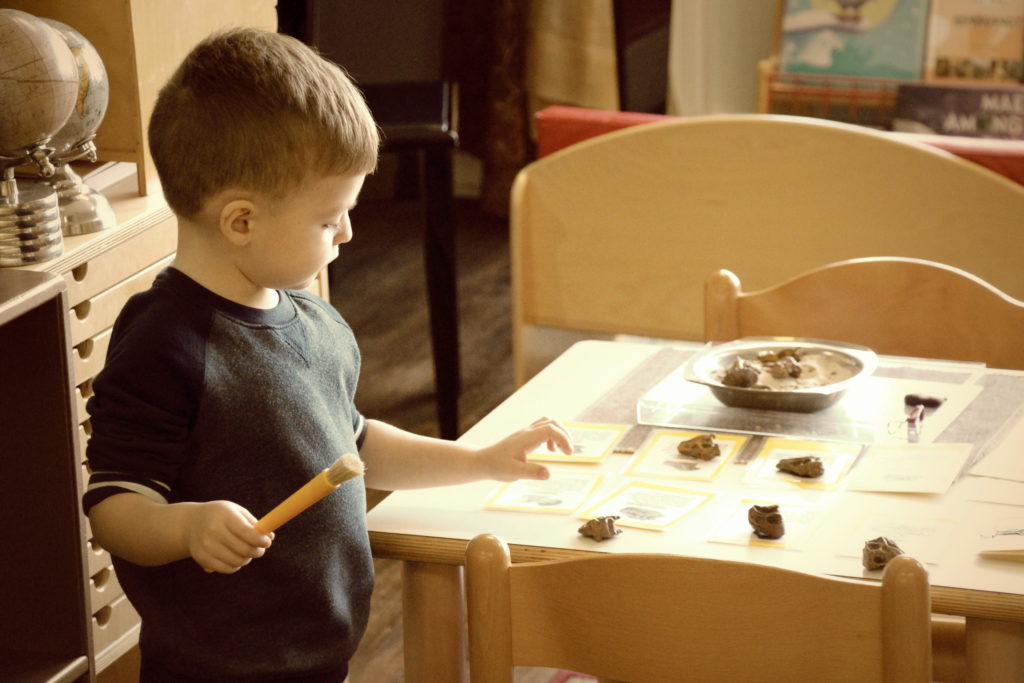
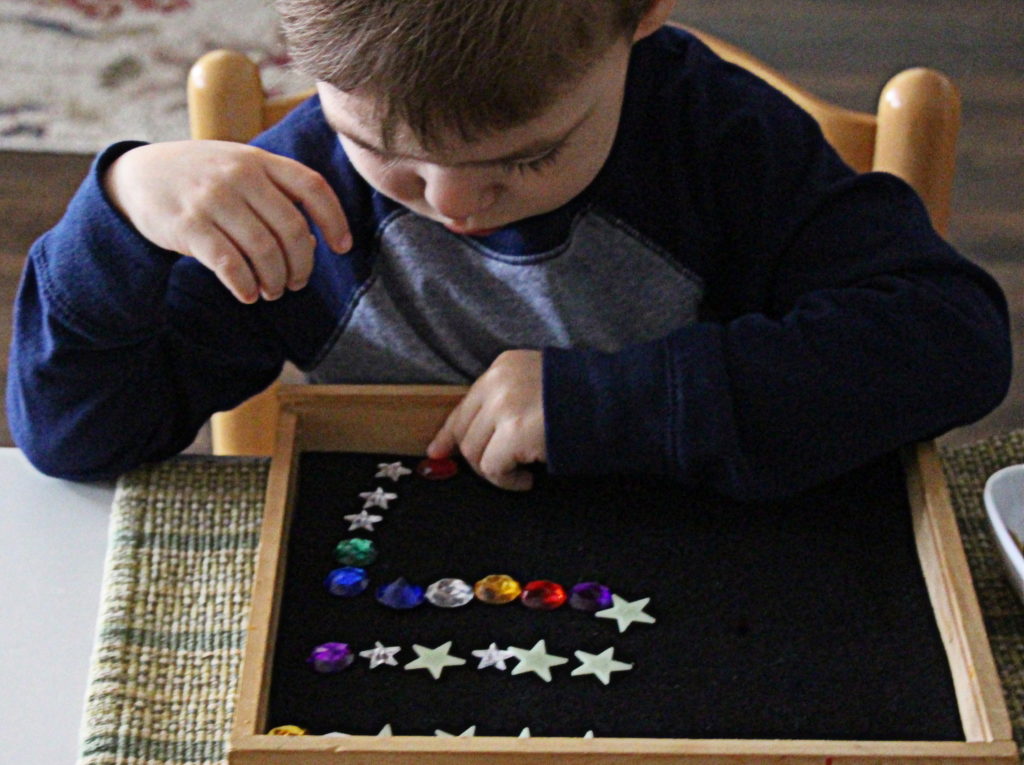




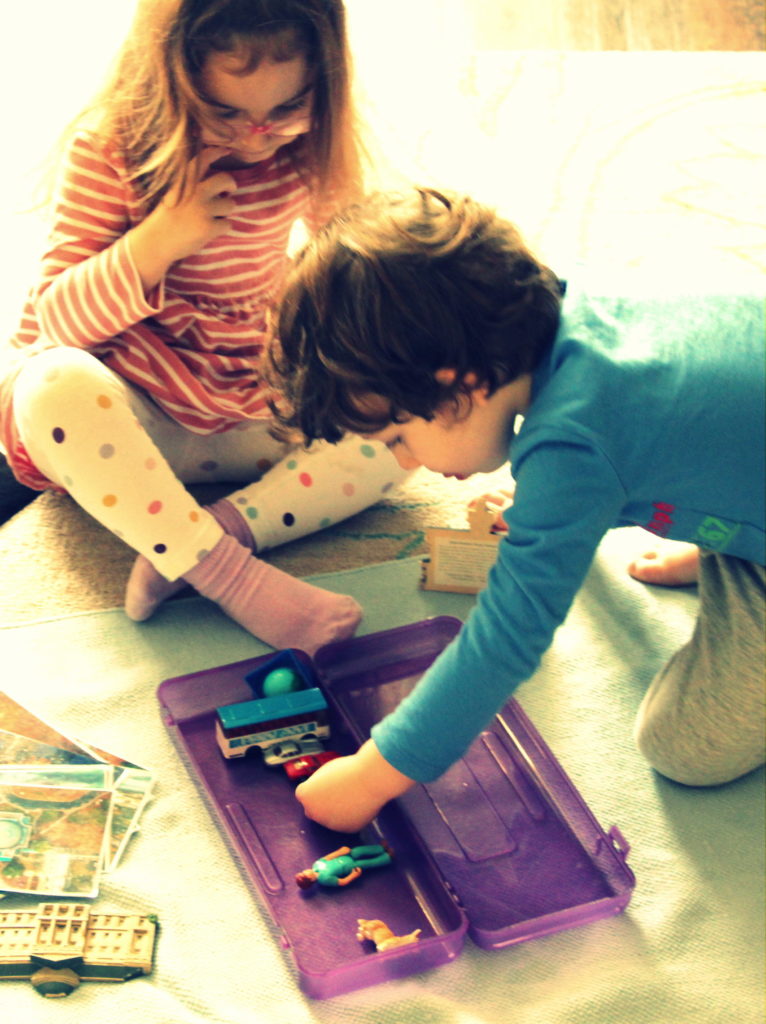

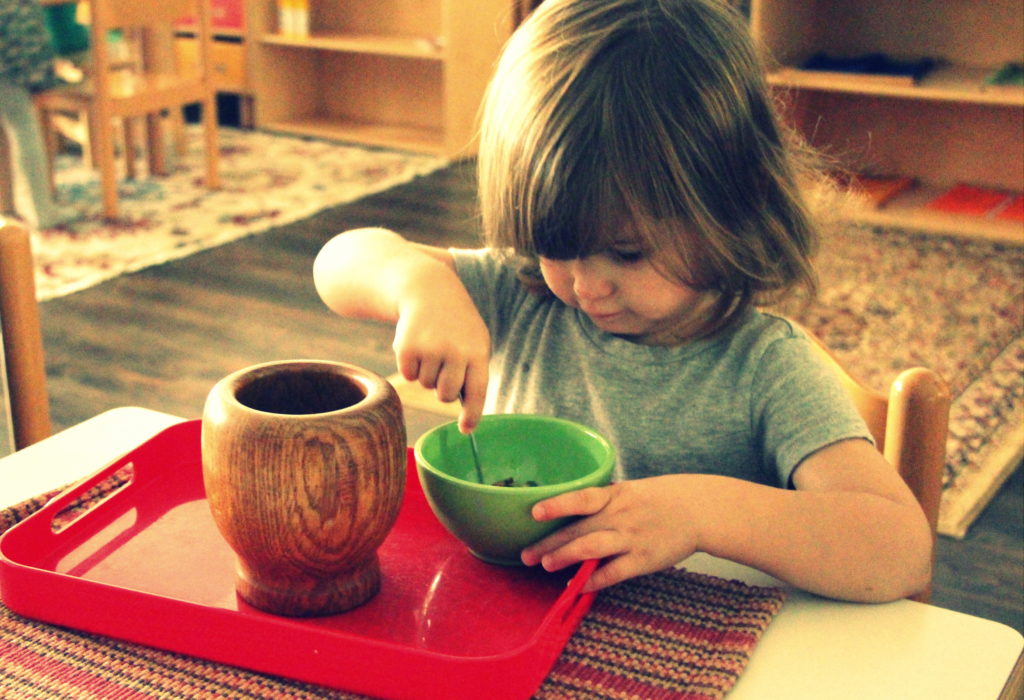


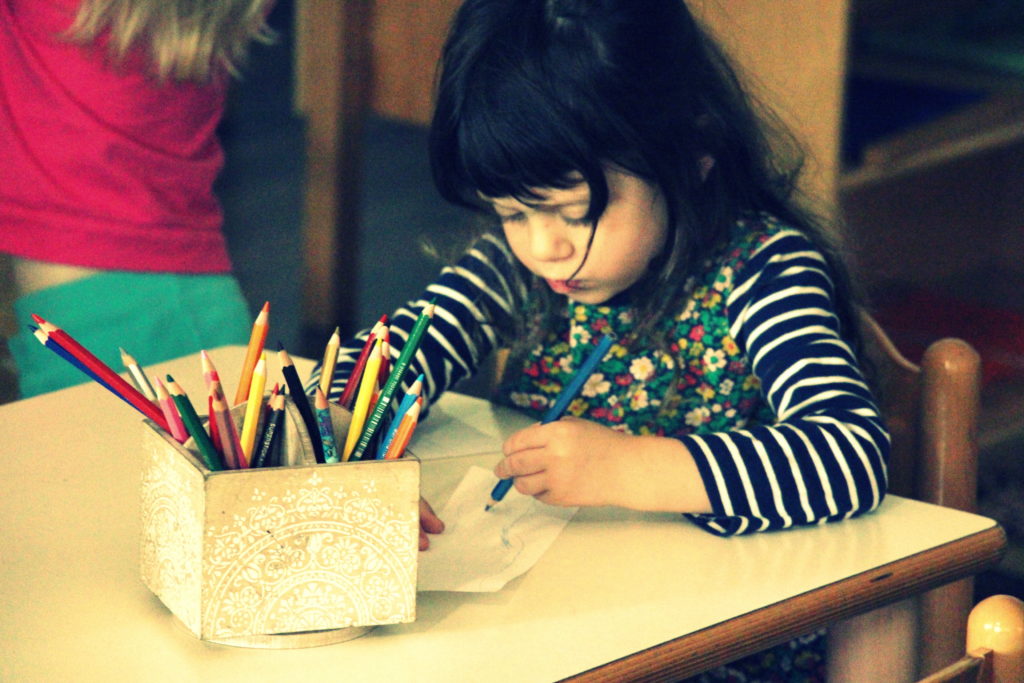
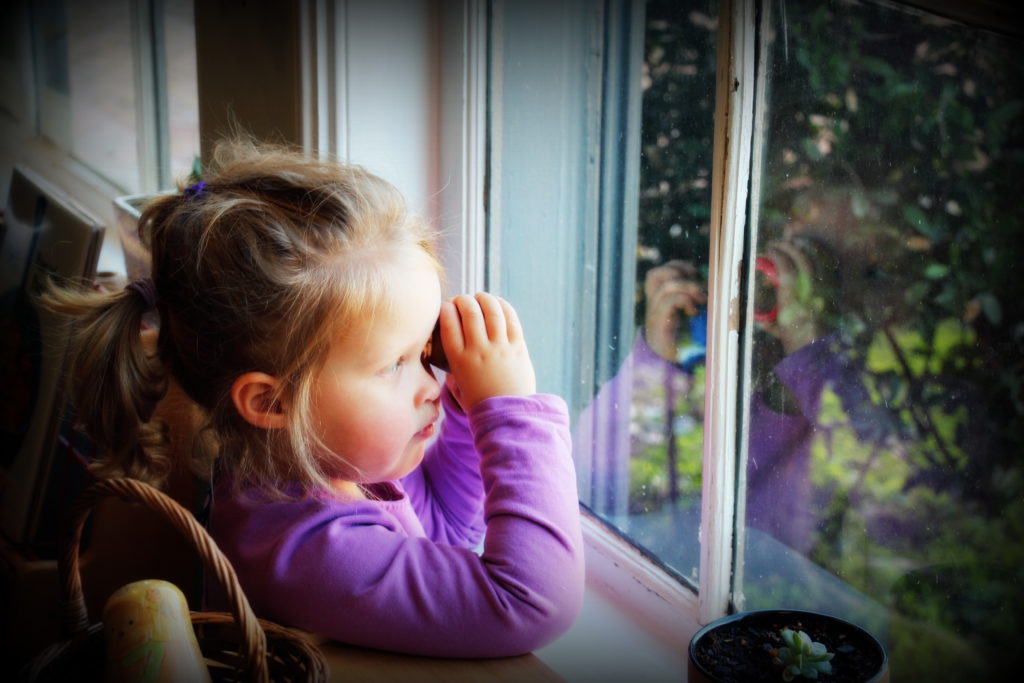


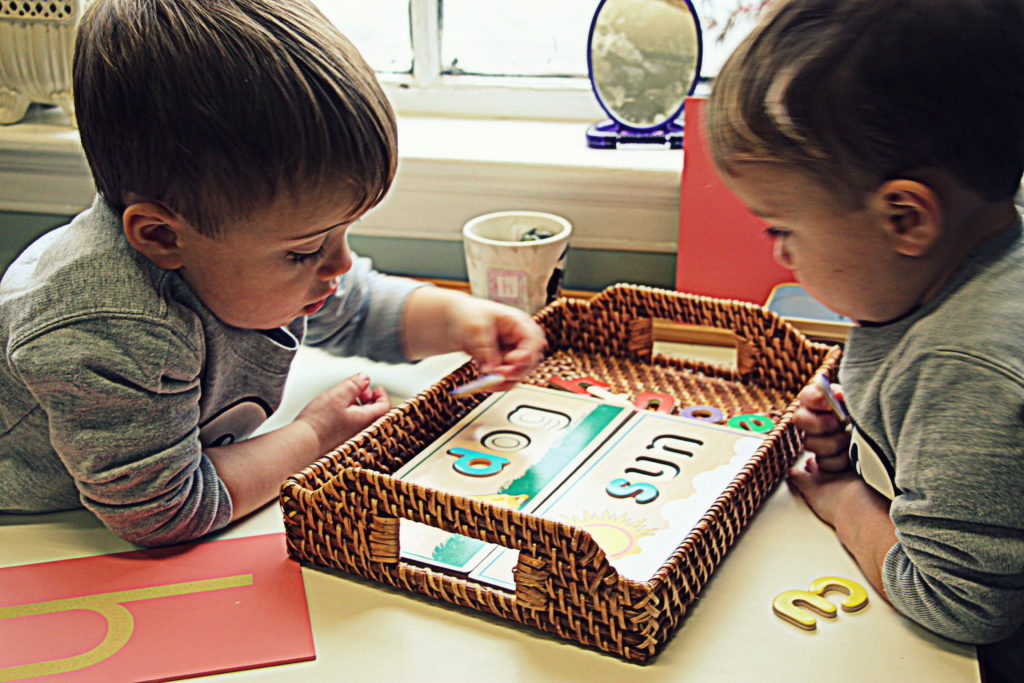
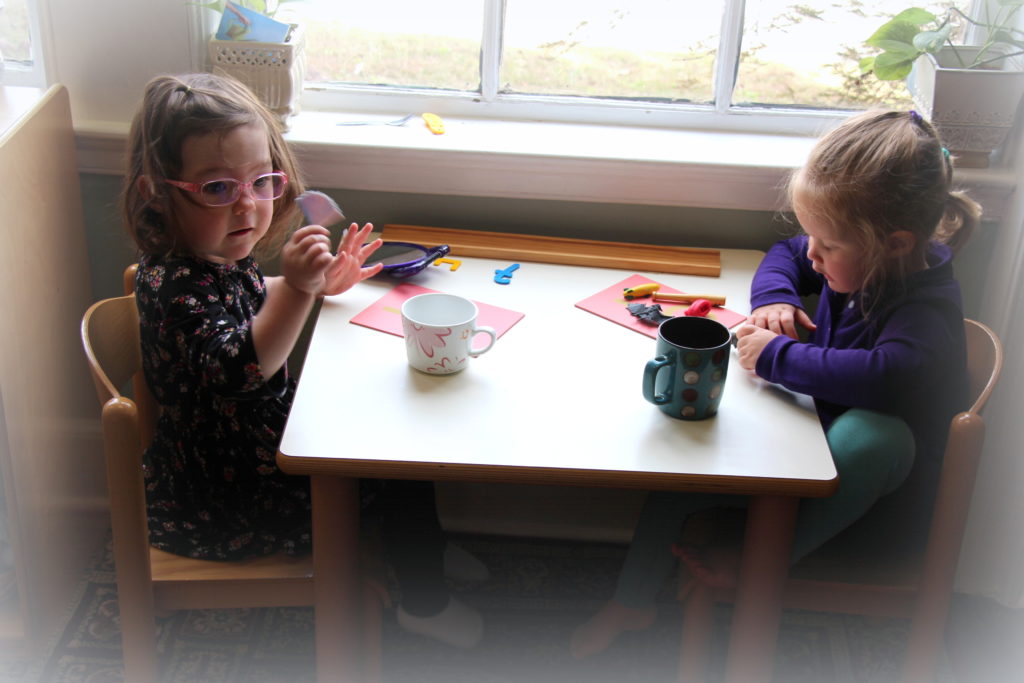




Thank you for yet another wonderful blog post. I was just re-reading and looking through all the pictures from before the holidays. Cyrus pays such close attention to the lyrics of songs and the stories behind them – now I know where that comes from, and thank you for teaching the kiddos to be so attentive. I wanted to also thank you for all the language lessons you and Anissa have been giving – Cy is expressing a lot of interest in trying to read words and is constantly practicing letter sounds. Thank you for making learning such a fun experience!
So glad to hear that you’re seeing Cyrus’ interest at home in language! He’s been very studious and staying busy. Oh, and I love that he’s singing for you at home! You’re very welcome and thank you so much for your thoughtful comment.